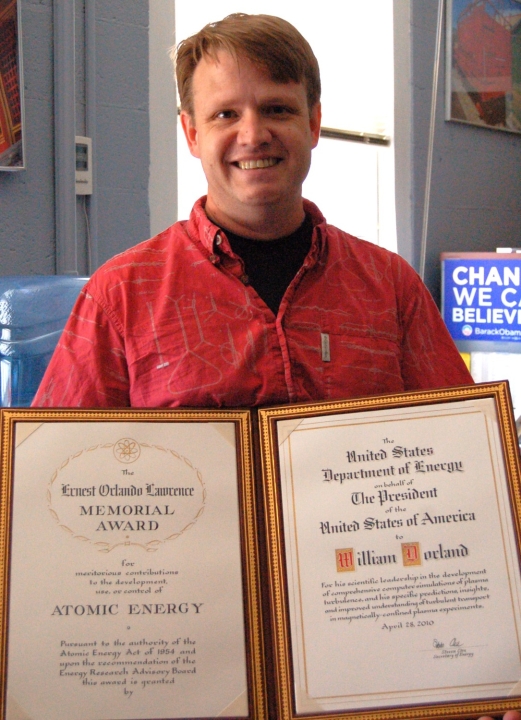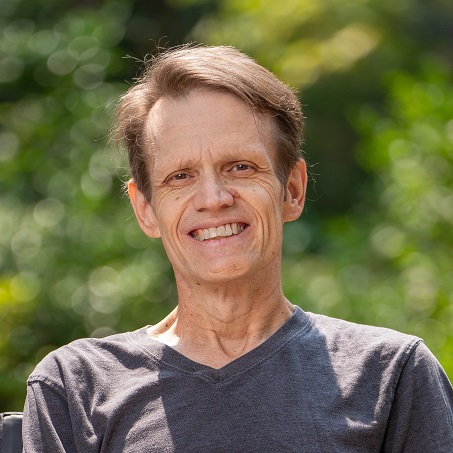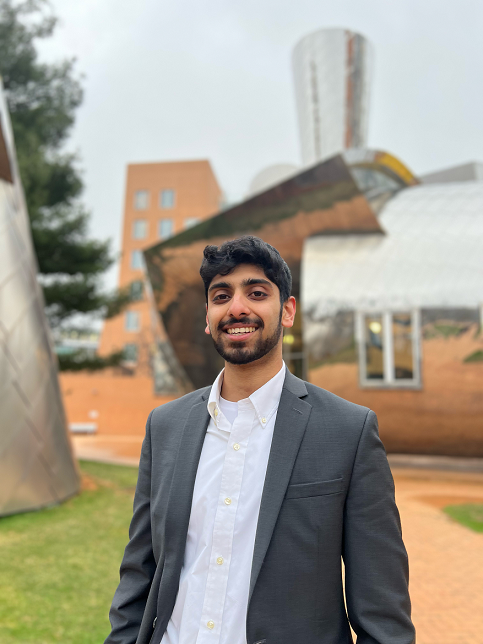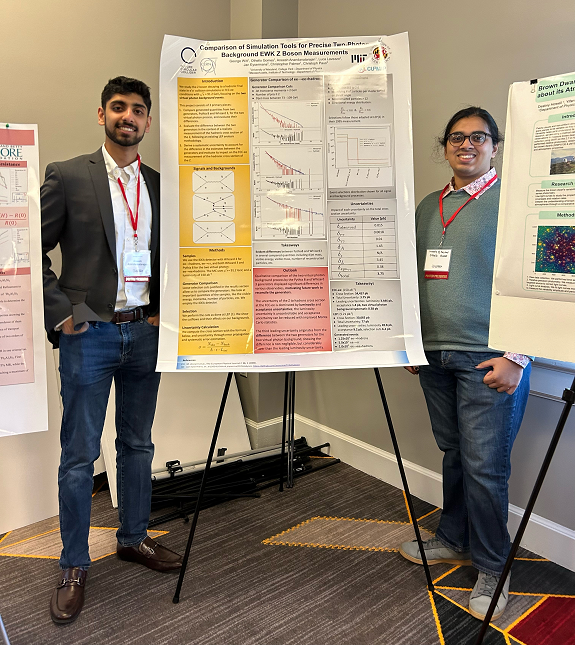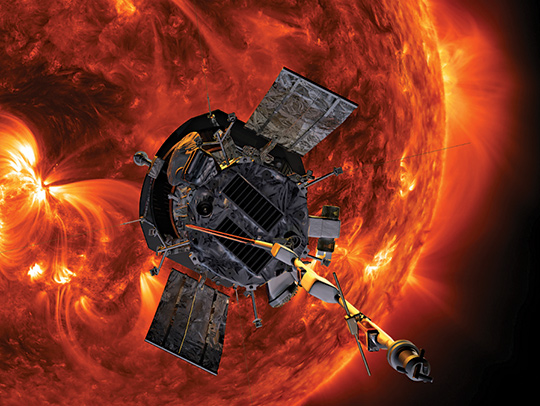William Douglass Dorland, 1965-2024
- Details
- Category: Department News
- Published: Tuesday, September 24 2024 10:24
Bill Dorland, an esteemed plasma and computational physicist who last week received the American Physical Society’s James Clerk Maxwell Prize, has died at age 58. Since a 2004 diagnosis of chordoma, a rare cancer affecting the spine, he optimistically pursued emerging therapies while advocating for the chordoma community, engaging in continued physics research and serving as a superb mentor and teacher.
After completing his undergraduate studies at the University of Texas (and winning the campus foosball tournament), Dorland earned both a Ph.D. in astrophysical sciences and a Master’s degree in public affairs at Princeton University. He returned to Texas, working at the Institute for Fusion Studies, before joining the University of Maryland in 1998 when his wife, Sarah C. Penniston-Dorland, accepted a fellowship at Johns Hopkins University.
Early in his career, Dorland’s calculations revealed that an international plan to build a gigantic fusion reactor was based on flawed science, thereby saving $10 billion and preventing a probable scientific debacle.
His work modeling plasma turbulence merited the prestigious E. O. Lawrence Medal of the Department of Energy. A Diamondback profile described Dorland’s reluctance to leave his class for a call from “the secretary”, who turned out to be Secretary of Energy Steven Chu relaying news of the award and its $50,000 honorarium.
During his career, Dorland held appointments at the University of Vienna, the University of Oxford and Imperial College, London. From 2020-23, he served as associate laboratory director for Computational Science at the U.S. Department of Energy's Princeton Plasma Physics Lab, which is managed by Princeton University.
Dorland studied in Japan during high school, and found the experience invaluable and insightful. Arriving at the University of Texas, he was shocked by the paucity of such opportunities, and launched a vigorous campaign to direct a fraction of student fees toward international exchanges. The number of students studying abroad from UT grew from eight his freshmen year to more than a thousand four years later. In 2000, he received a special award by the Council on International Education Exchange.
At UMD, he co-developed new curricula, including Physics for Decision Makers: The Global Energy Crisis, a Marquee course to instruct non-science majors in perhaps the world’s most pressing challenge. He was a remarkable mentor; three of Dorland’s undergraduate advisees have received the University Medal. Twice he officiated the weddings of UMD graduate students.
When his chordoma diagnosis prompted an assessment of his life and priorities, he sought the role of director of the UMD Honors College, recalling his own transformative experience as a UT undergrad. For seven years, he advocated for new programs and encouraged study abroad experiences. In a Maryland Today article during that time, he described continuing his work through his tortuous medical odyssey with the support of his wife, a professor in the Department of geology, and his daughter Kendall. The family asks that those interested in commemorating Bill do so with a donation to the Chordoma Foundation.
In 2010, Dorland was named a UMD Distinguished Scholar-Teacher (DST). In a letter supporting the nomination, one student described Dorland as “the sort of genius who, while always impressive, is never intimidating….His cheerful encouragement, quirky sense of humor, and constant support were what kept me going in graduate school, even when finishing the dissertation seemed like an impossible goal.”
In his own DST essay, Dorland wrote that after his diagnosis, “I had occasion to reconsider all the decisions I had made in life, and to adjust my trajectory accordingly for the time remaining. I spent a few weeks thinking hard, and was extraordinarily happy to find that I was already doing exactly that which gives me the most satisfaction.”
He concluded: “I generally work as hard as I can to challenge the best students at the University of Maryland to perform at their very best level. This is my mission. It is nothing more than teaching, research, and love.”
